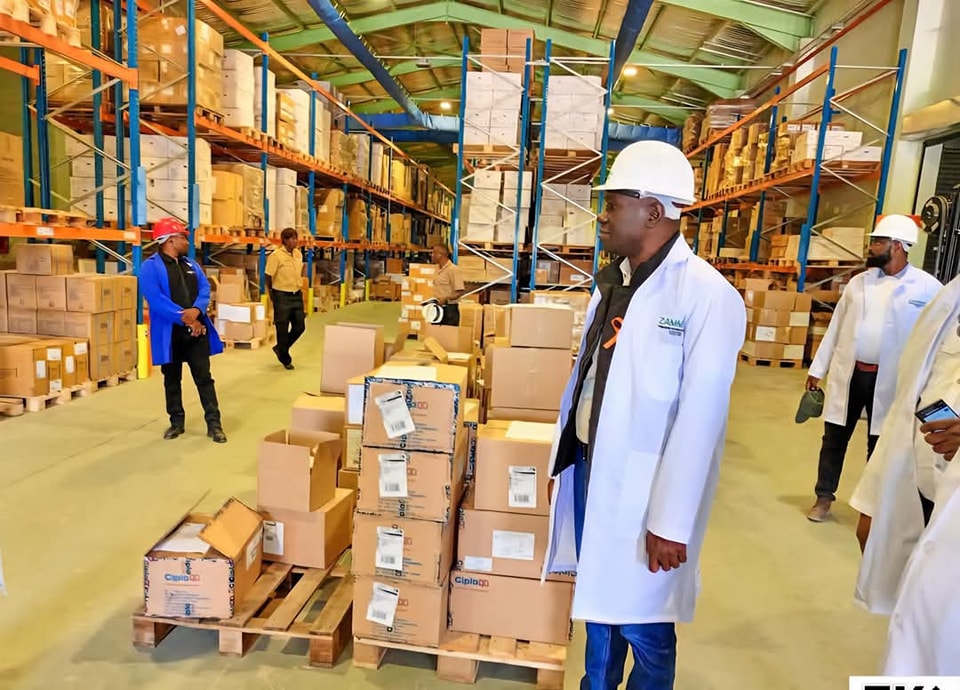Zambia Sets Bold Path to Industrial Growth with Game-Changing Manufacturing Reforms
The Zambian government has laid a solid foundation for a steady rise in manufacturing output, targeting a contribution of at least 15% to the nation’s GDP by 2026 and 25% by 2031, according to Information and Media Permanent Secretary Thabo Kawana.
Outlining the implementation status of the UPND New Dawn Government’s key policy reforms, Kawana emphasized that strategic investments, targeted incentives, and robust public-private partnerships are driving growth and job creation in the sector.
“Under the leadership of President Hakainde Hichilema, we have introduced deliberate policy measures that are already yielding results,” said Kawana. “Our efforts are anchored in a clear vision to make manufacturing the backbone of Zambia’s economic transformation.”
Notable milestones include the operationalization of a D Compound fertilizer plant now exporting within the region and the ongoing construction of a urea manufacturing plant. The Lusaka Multi-Facility Economic Zone continues to attract firms, including the Sino-Great Phosphates Processing Plant, PDV Metals, and the Marcopolo Tile Manufacturing Plant.
The Lusaka South Multi-Facility Economic Zone alone has attracted $1.6 billion in cumulative investment, with 30 operational companies creating 16,000 jobs and 21 more firms in construction generating 8,450 additional jobs.
In Chibombo, the Jiangxi Zone has seen over $40 million invested in battery recycling and copper cable manufacturing, while all eight industrial yards under the Ministry of Small and Medium Enterprise Development have been activated, supporting 109 SMEs and creating 1,102 jobs.
The Zambia Development Agency (ZDA) has successfully actualized $9.83 billion from $58.78 billion in committed investments, with 497 projects across various sectors. These efforts have already surpassed initial job creation targets, generating over 40,000 jobs.
A raft of bold policy measures is making Zambia’s manufacturing sector more attractive to investors. These include a 100% accelerated depreciation rate for new industrial equipment, a 10-year tax holiday for corn starch processors and cotton spinners, zero customs duty on completely knocked down (CKD) motorcycles and tricycles for local assemblers, and increased tax relief for rural businesses—from 14.2% to 20%—to spur inclusive industrial growth.
The government has also launched a Pharmaceuticals Manufacturing Strategy and suspended key duties to boost local production of medical and copper-based products.
“The incentives we’ve put in place are not just theoretical—they are practical tools for real industrial transformation,” said Kawana. “We are building a competitive, inclusive and resilient manufacturing base that can compete regionally and globally.”



